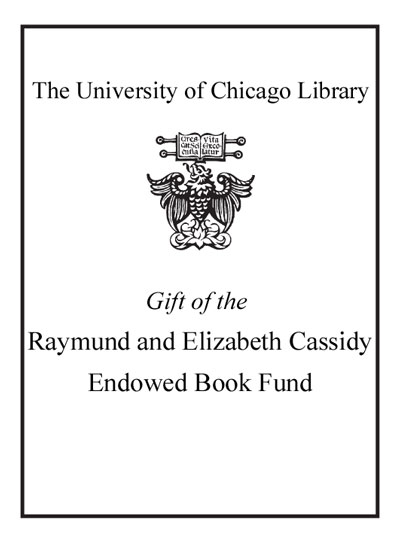Review by Choice Review
Calligraphy seems poised to make a move as a serious art all over the world. Sumptuously packaged, with fine typography and printing, this book is a fine overview of the current Asian perspective. Sino-British expert Barrass guides readers through four categories of contemporary Chinese calligraphic work, discussing the goals of each style, and then profiles several leading artists of Chinese calligraphy today. The result, especially when coupled with books on Islamic and Western calligraphy, highlights a surprising degree of cultural exchange between East and West. Highly accessible to a broad public, this book is an excellent place to begin research into the area. A good calligraphy section within the arts section of a library should also contain issues of the journal Letter Arts Review (how international calligraphers learn of each other's work), books highlighting leading Western calligraphers post-1950 (Hermann Zapf, Gottfried Pott, and Thomas Ingmire, for starters), and survey works such as this book. As more works are issued on contemporary calligraphy as an art, librarians should be on the lookout for works like this. General readers; lower- and upper-division undergraduates; professionals. S. Skaggs University of Louisville
Copyright American Library Association, used with permission.
Review by Library Journal Review
To the Chinese, the art of calligraphy represents the epitome of culture-indeed, a scholar's "four treasures" are paper, brushes, insksticks, and inkstone. Although the dark days of China's Cultural Revolution (1966-76) were marked by suppression of the arts and free expression, calligraphy continued to flourish as a propaganda tool (Mao Zedong himself was a calligrapher and promoted its use to create the politically charged "big character posters"). In the decades since Mao's death, calligraphy has continued to evolve, but it is now an instrument of expression of the avant-garde. Barrass, who served in the British Embassy in Beijing in the early 1970s and travels frequently to China, here documents the work of 25 of the art form's most prominent and innovative practitioners. Along with interviews and photographs, the book presents beautifully reproduced examples of their work. Other features include a discussion of the influences that have shaped calligraphy over the last 50 years, Chinese transcriptions of the poetry interspersed throughout the book, and a bilingual bibliography. Although this book will be of primary importance to scholars of Chinese culture, it would also be a valuable addition to most art libraries.-Margarete Gross, Chicago P.L. (c) Copyright 2010. Library Journals LLC, a wholly owned subsidiary of Media Source, Inc. No redistribution permitted.
(c) Copyright Library Journals LLC, a wholly owned subsidiary of Media Source, Inc. No redistribution permitted.
Review by Choice Review
Review by Library Journal Review

